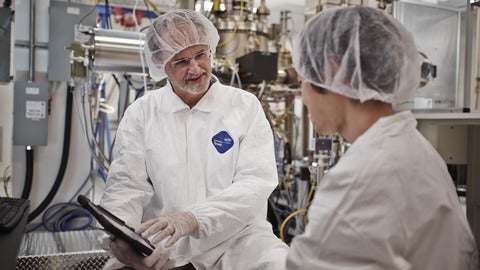Breakthrough frees tiny, powerful laser device from the lab
Researchers have created a portable version of a tiny, powerfullaser device with potential applications in fields ranging from medical imaging to detecting hidden explosives.
In a project involving the University of Waterloo and the Massachusetts Institute of Technology (MIT), scientists developed a quantum cascade laser capable of operating at temperatures much higher than previously possible.










